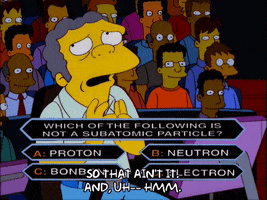The US and Sweden were early inventors of proton therapy after WW2, so there is a historical head-start and trained personnel impact as well. I think the first patients were treated in the 1950s.
Very few other governments were in an economic position to make huge investments in basic research after the war.
In addition to proton and deuterium beams, helium ion was also developed in the US from 1970s to 1990s at Lawrence Berkley national lab. Helium ion is basically a beam of alpha particles that you can direct anywhere in the body; you don't need to attach it to a monoclonal antibody that gets stuck in the liver or kidneys. Berkley treated patients on a rotating chair because their accelerators were truly ginormous. Over 2,000 patients were treated with helium ions, and quite a few NEJM articles came out of it, but the cost was simply prohibitive.
Lawrence Berkley Lab, under pioneers like Cornelius Tobias and Eleanor Blakely, also invented carbon ion therapy, which Japan (7 centers) Germany (2 centers), Italy, Austria, and China (2 centers) have subsequently embraced. There are now 13 carbon centers and about 100 proton centers in operation worldwide.
Going back to Sweden, Lars Leksell's early radiosurgery patients were not treated on a Gamma Knife, but actually with a proton beam. His team wrote about its potential in Nature in 1958:
The High-Energy Proton Beam as a Potential Neurosurgical Tool
The High-Energy Proton Beam as a Neurosurgical Tool - Nature
And a proton treatment picture from Uppsala in 1960:
Pretty bold and amazing what they did even prior to the invention of the CT and MRI.






